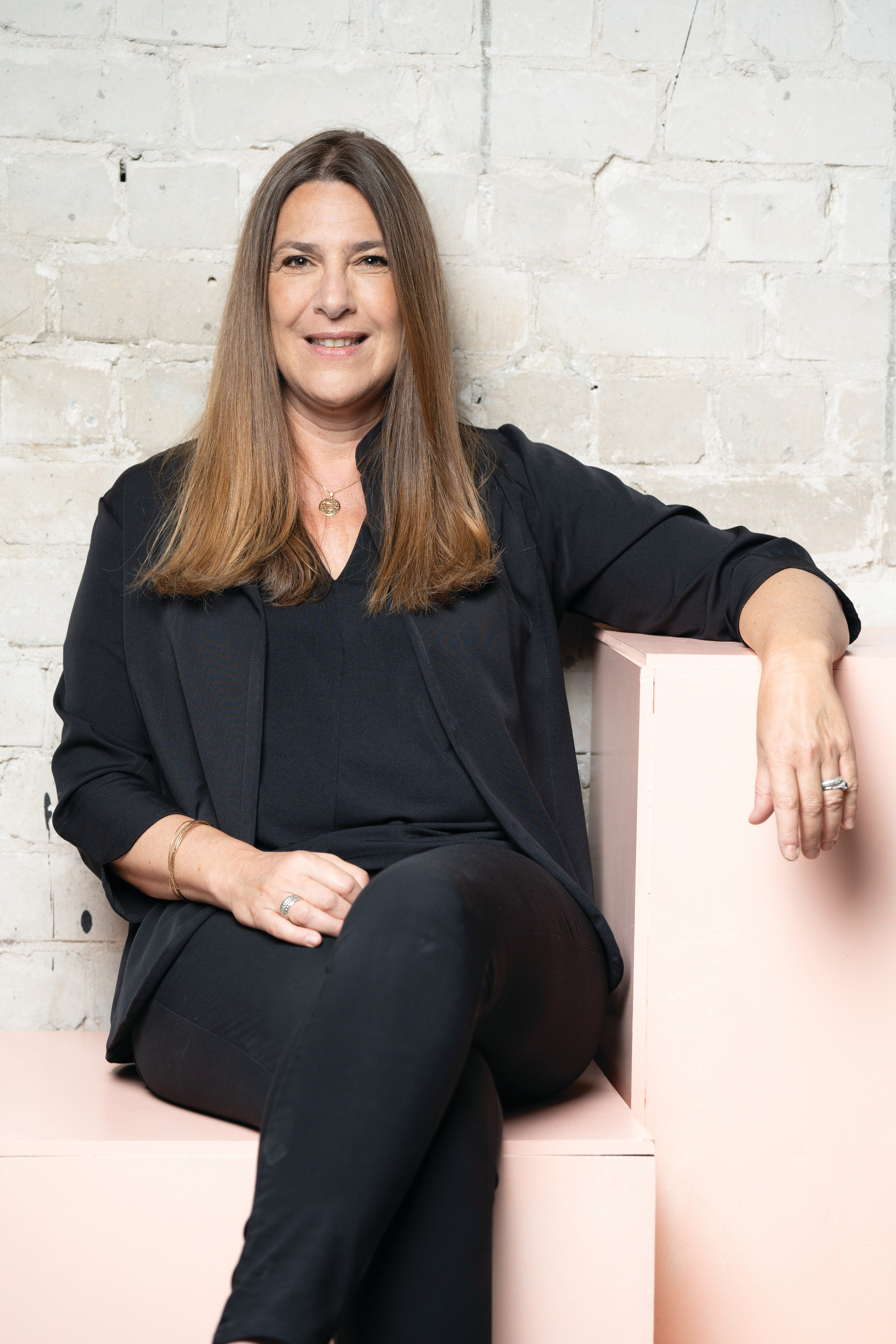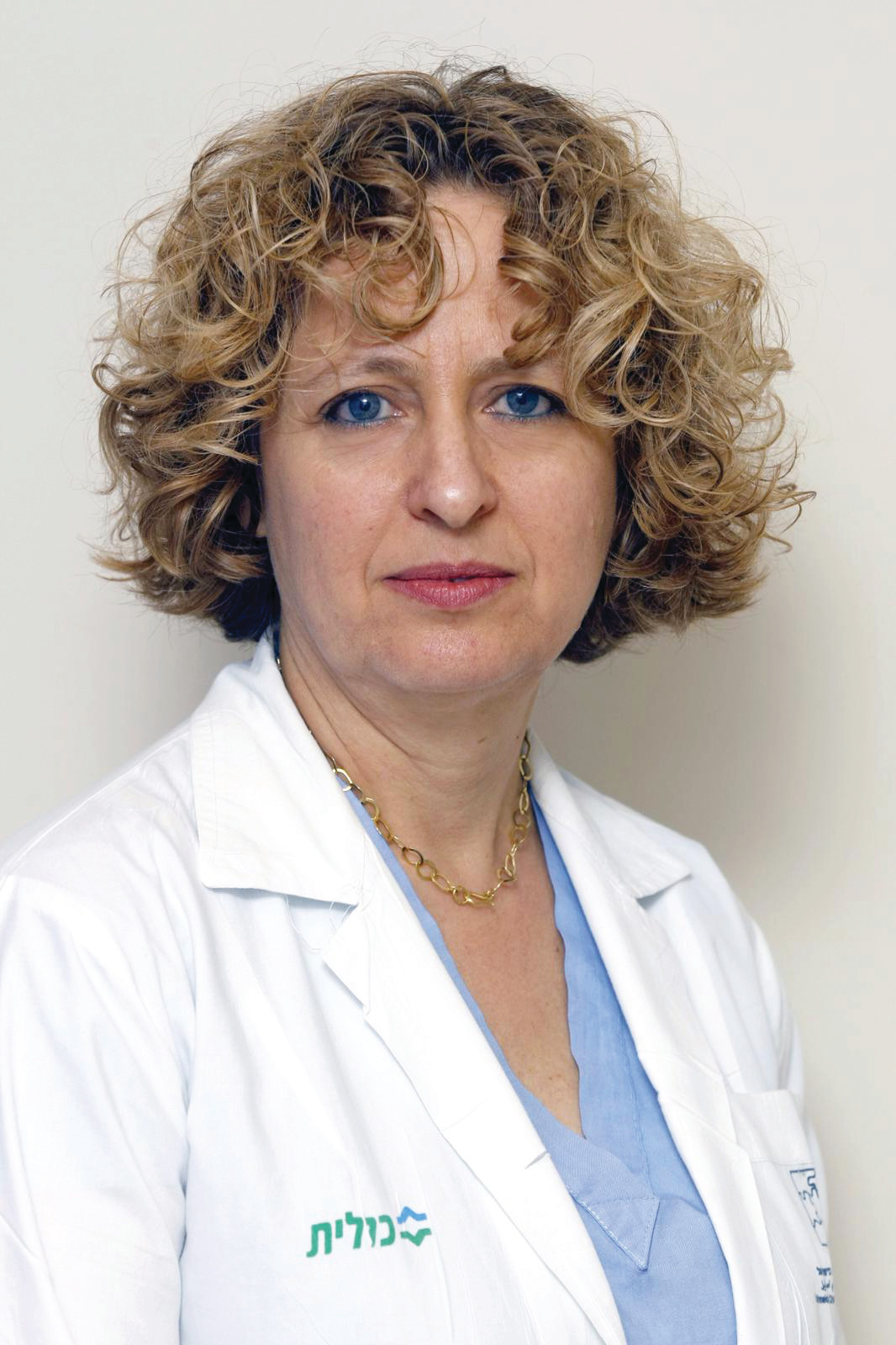Schneider Children's Medical Center of Israel, member of Clalit is recognized as one of the leading pediatric institutions in the world. It offers a full range of pediatric disciplines to children aged 0-18. Since its establishment in Petah Tikva in 1991, Schneider Children's Medical Center has revolutionized the practice of pediatric medicine in the country.
Schneider utilizes a unique approach to pediatric medicine where children are treated as children and not as small adults. As children have different emotional and physical requirements for healing, Schneider uses a multidisciplinary approach, whereby treatment is integrated with emotional, psychological, educational and developmental care.
Meet three of the dedicated doctors at Schneider who are devoted to helping and healing their young patients.
YAEL MOZER-GLASSBERG
Head of Pediatric Liver Transplantation Unit, Institute of Pediatric Gastroenterology, Nutrition and Liver Diseases at Schneider Children’s Medical Center
When did you know that you wanted to be a doctor?
Although the most usual answer is ‘I always knew I wanted to be a doctor,’ for me it was not so clear. I have always been attracted to treating people and helping them, but I wasn’t fixed on medicine. But in 1992, while traveling around the world for a year, I realized while standing on the Annapurna Mountain in Nepal, at the height of 4,500 meters, that my goal in life should be to help people as a doctor.
What made you choose your specialty?
It was pediatrics that actually chose me. Pediatrics was the last round on my internship year, and I took it while I had already secured a slot for surgical residency. I fell in love with treating children. After I was accepted to Schneider, it was obvious that this was the right thing for me. Later on, choosing gastroenterology and liver transplantation was my way of overcoming missing out on my dream of performing surgery.
What are the latest innovations in your field?
Pediatric liver transplantation is one of the most rapidly advancing fields in medicine. The first liver transplant in a child in Israel was performed not so long ago, in 1996. But since then, we have gone a long and fruitful way. Due to the low donation rates and shortage of organs (all around the world and especially in Israel), the pediatric liver transplant team is highly experienced and successful in living-related liver transplantation. This means that a child’s parent or a close relative donates a part (a lobe) of his or her liver in order to save the child's life. Recently, we even came to a point that we are able, as a last resort, to transplant a liver with an incompatible blood type. ‘Science fiction’ and all in order to increase the donation pool and improve the chances of saving a child’s life. Schneider is the only children's liver transplant center in Israel with success like the best centers in the world.
What significant move have you made this year?
We established a new multidisciplinary clinic for a very rare congenital hepatic vascular disease called congenital portosystemic shunts. I am a member of the steering committee of an international research group for this disease. The goal is to diagnose and treat these cases during early infancy in order to avoid severe multi-organ complications later on.
What is first thing you do when you leave the hospital?
My husband (a doctor as well) would probably say that the first thing I do is ask myself if perhaps I can find an excuse to go back…just a little bit longer.
CEO of Schneider Children’s Medical Center, Pediatric Intensive Care Physician
When did you know that you wanted to be a doctor?
At the age of three I knew I wanted to be a pediatrician.
What made you choose your specialty?
I always knew that I would be a pediatrician. However, during my studies at medical school, I realized that the specific area that I liked the most was pediatric ICU. The combined ability to treat extremely ill children and help the family and the child cope with an extreme situation is a great challenge. Over the years, I realized that being a physician is not my profession but part of who I am. That means that in whatever I do, whenever I do it, I know that caring for other people is the most important thing for me. I made the decision to study the field of management when I realized that being both a physician and a medical manager would enable me to make a wider impact on the lives of patients.
What are the latest innovations in your field?
Thirty years ago, it was still not obvious that children are not small adults. Today, it is clear that children should be treated in a different way than adults. The innovative concept that we are heading at Schneider is that we have the responsibility to ensure that the children of today will grow up to be the healthy adults of tomorrow. We know there are many technologies that can detect, prevent, and treat conditions in early childhood. Many of these technologies should be focused on the pediatric world. At our center for research and innovation that is the only one for children in Israel and one of the few in the world, we implement many of these technologies to do just that.
What significant move have you made this year?
We believe that children are ‘above and beyond.’ Therefore, we try to help and treat as many children as we can in the best possible way. However, we also believe that we should be active in helping children in extreme situations. This year, we made a great effort to help children of Ukraine and Turkey. But more than that, we are part of a group of the largest pediatric hospitals worldwide that is writing a ‘white paper’ in order to provide a structured way of helping children throughout the world.
What is first thing you do when you leave the hospital?
I arrive at 7 a.m. and usually leave at 7 p.m. I have four children of my own and a few hundred children at the hospital. Therefore, when I leave work, the thoughts and worries about all my children mix. It is mostly a combination of telephone calls to my own children and calls about things that I didn’t get to during the day at work. The hospital, the staff, and mostly the young patients are my second home and second family.
Head of the Institute of Pediatric Cardiology at Schneider Children’s Medical Center
When did you know that you wanted to be a doctor?
I wanted to be a medical doctor at a very young age. Some of that stems from the unmet desire of my father, who was a Holocaust survivor and came to Israel as a young teenager with no family or support. He became a biology teacher but always said that under different circumstances, he would have studied medicine.
What made you choose your specialty?
Treating children and their families appealed to me at an early stage during medical school. Within the field of pediatrics, I chose cardiology for the intellectual challenge associated with the diagnosis and management of every child, the versatility and the ability to cure so many of the affected children.
What are the latest innovations in your field?
The Institute of Cardiology at Schneider is by far the largest and most active center in Israel and serves as a national referral center for the diagnosis and treatment of newborns, infants and children with congenital and acquired heart disease. The highly skilled and experienced team of pediatric cardiologists currently constitutes the only one in the country capable of dealing with all aspects of heart disease in children at the highest level by international standards.
There is an ongoing evolution on all fronts. Ultrasound imaging is increasingly replacing catheterization for diagnosis; interventional catheterization is replacing open heart surgery for purposes such as valve replacement; and surgery is pushing the boundary in complexity, size of babies and even fetuses that can be operated on. In all this, a critical need and contributor to success is the collaboration of a multi-disciplinary team.
What significant move have you made this year?
I co-organized and co-chaired a multinational conference in Dubai, together with colleagues from the US and the United Arab Emirates. It was unique both in its organizing team and professionally. Rather than focusing on a particular expertise, it was patient-centric, encompassing all professional facets of treating cardiac problems in fetuses and newborns. It was attended physically by over 400 people from the three countries and more, and remotely by over 900 people from 60 countries. It was a huge success professionally and the beginning of numerous connections and contacts in the Middle East. I was proud and delighted.
What is first thing you do when you leave the hospital?
I check to see which of my grandchildren I can visit.
This article was written in cooperation with Schneider Children’s Medical Center


